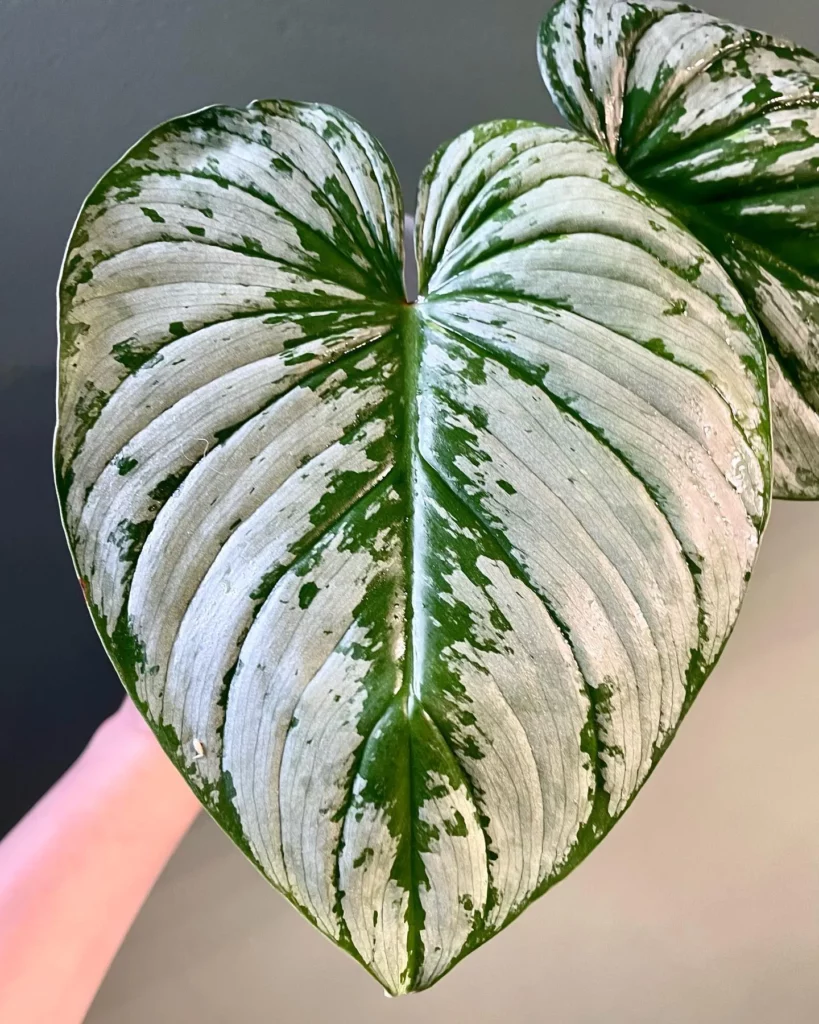Welcome to our comprehensive care guide on Philodendron Giganteum. This stunning plant has the power to transform any green space into a tropical paradise. This article will provide you with all the information you need to successfully cultivate and care for Philodendron Giganteum.
Key Takeaways:
- Philodendron Giganteum is a striking plant that can enhance the beauty of any green space.
- It has large, heart-shaped, glossy green leaves, creating a bold and tropical look.
- Growing Philodendron Giganteum is relatively easy if you provide it with the right amount of light, well-draining soil, and regular watering.
- It thrives in bright, indirect light and prefers soil that retains moisture without becoming waterlogged.
- Proper potting, repotting, pruning, and shaping techniques can help maintain the desired size and shape of Philodendron Giganteum.
Appearance of Philodendron Giganteum



The Philodendron Giganteum is a majestic plant that will truly make a statement in any green space. Its most notable feature is its impressive size, as it can reach heights of up to 20 feet or more. The large, heart-shaped leaves are a vibrant glossy green, adding a touch of tropical elegance to your indoor or outdoor area.
With its lush foliage and commanding presence, the Philodendron Giganteum is sure to become the focal point of your green space. Its robust and climbing nature allows it to create a stunning visual display as it gracefully trails and climbs surfaces.
The sheer size and beauty of this plant command attention and make it a standout addition to any plant collection.
No products found.
Key Features of the Philodendron Giganteum:
- Impressive size, reaching heights of up to 20 feet or more
- Large, heart-shaped leaves in a glossy green color
- Climbing nature, perfect for trailing or training on trellises and poles
- Creates a bold and tropical focal point in any green space
- Brings a sense of tranquility and calmness to its surroundings
How to Grow Philodendron Giganteum



If you want to grow and care for Philodendron Giganteum, it’s important to follow a few essential steps. First and foremost, this stunning plant thrives in bright, indirect light. Find a spot near a window with filtered sunlight to provide the ideal growing conditions. Avoid placing it in direct sunlight as it can scorch the leaves.
Light and Soil Requirements
Philodendron Giganteum thrives in bright, indirect light. Place your plant in a partially shaded area or an indoor spot with filtered sunlight. Avoid exposing it to direct sunlight, as this can scorch the leaves and cause damage. By providing the right amount of light, you’ll ensure your Philodendron Giganteum maintains its vibrant green foliage and thrives.
Soil Requirements
When it comes to soil, Philodendron Giganteum favors well-draining soil that retains moisture without becoming waterlogged. A suitable mix for this plant is one that combines peat moss, perlite, and organic compost. This composition provides the plant with the necessary nutrients and drainage it needs to grow healthy and strong. Remember to keep the soil consistently moist, but not overly saturated, to prevent root rot.
No products found.
Potting and Repotting Philodendron Giganteum



When potting Philodendron Giganteum, choose a container that has drainage holes to prevent waterlogged soil. It is best to select a pot that is slightly larger than the root ball to accommodate future growth. Fill the pot with a well-draining potting mix, such as a blend of peat moss, perlite, and organic compost, to create an ideal growing environment.
When repotting, gently loosen the roots to prevent any damage and promote healthy growth. Place the plant in the new pot, ensuring that it sits at the same level as before. Fill the remaining space with fresh potting soil, firming it gently around the roots. Finally, water the plant thoroughly to help settle the soil.
Potting and Repotting Tips for Philodendron Giganteum:
- Choose a pot with drainage holes to prevent water accumulation.
- Select a pot slightly larger than the root ball for adequate room to grow.
- Use well-draining potting mix to avoid waterlogged soil.
- Gently loosen the roots during repotting to avoid damage.
- Ensure the plant sits at the same level in the new pot as before.
- Water thoroughly after repotting to help settle the soil.
Pruning and Shaping Philodendron Giganteum



To maintain the desired size and shape of your Philodendron Giganteum, regular pruning is key. By removing any dead or yellowing leaves, you’ll stimulate new growth and keep your plant looking vibrant. Additionally, trimming back long, leggy stems can encourage a more bushy and compact appearance.
When pruning, it’s important to be cautious as Philodendron Giganteum has sap that may cause skin irritation. To protect yourself, always wear gloves and make sure to wash your hands thoroughly after handling the plant.
With proper pruning and shaping, you can create a visually appealing Philodendron Giganteum that fits perfectly in your green space. So, grab your pruning shears and get ready to bring out the best in your plant!




